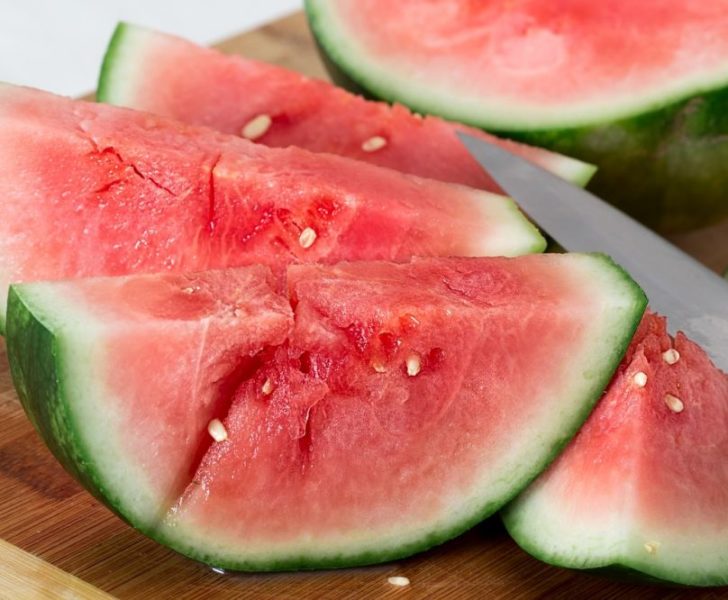Raw Food Diet: A Comprehensive Guide to a Healthier Lifestyle

Introduction
In recent years, the raw food diet has gained immense popularity as a health-conscious alternative to traditional diets. Advocates of this dietary approach claim that it can provide numerous benefits, including weight loss, improved digestion, increased energy levels, and enhanced overall well-being. In this article, we will delve into the intricacies of the raw food diet, exploring its various types, its quantitative measurements, how different variations compare, and a historical analysis of its pros and cons.
Understanding the Raw Food Diet

The raw food diet is centered around the consumption of unprocessed, uncooked, and mostly organic foods. The philosophy behind this dietary approach stems from the belief that cooking food can destroy essential enzymes and nutrients, diminishing their health benefits. Advocates argue that consuming raw foods in their natural state allows individuals to maximize their nutrient intake while supporting optimal health.
Types of Raw Food Diets
Several variations of the raw food diet exist, each with its own specific guidelines. The most common types include:
1. Raw Vegan Diet: This variation strictly excludes all animal products, including meat, dairy, and eggs. Fruits, vegetables, nuts, seeds, and sprouted grains form the foundation of the raw vegan diet.
2. Raw Vegetarian Diet: Similar to the raw vegan diet, this variation allows for the consumption of raw dairy products such as milk, cheese, and yogurt. Some individuals include raw honey as well.
3. Raw Omnivorous Diet: This type of raw food diet includes raw animal products such as sashimi and raw eggs. However, it still emphasizes a predominantly plant-based diet.
Popular Raw Food Diet Trends
Within the broad umbrella of the raw food diet, several popular trends have emerged. These trends cater to specific dietary preferences and requirements. Some noteworthy trends include:
1. Juice Fasting: This involves consuming only freshly squeezed juices from fruits and vegetables for a designated period to detoxify the body and promote weight loss.
2. Smoothie Diets: These diets involve the consumption of nutrient-dense smoothies made from raw fruits, vegetables, and superfoods. They provide a convenient and easily digestible option for individuals with a busy lifestyle.
Quantitative Measurements and Nutritional Considerations
The raw food diet emphasizes the consumption of nutrient-dense foods rich in vitamins, minerals, and enzymes. However, it is important to ensure that all nutritional needs are met. Some key quantitative measurements to consider include:
1. Calorie Intake: Since raw foods are generally less calorie-dense than cooked foods, individuals may need to consume larger volumes to meet their energy needs. Calculating daily calorie requirements is essential to avoid nutritional deficiencies.
2. Macronutrient Balance: Balancing macronutrients such as carbohydrates, proteins, and fats is crucial for a well-rounded raw food diet. Proper planning and knowledge of alternative protein and fat sources are essential to maintaining a balanced eating regime.
Distinguishing Different Raw Food Diets
While all raw food diets share the common principle of consuming unprocessed foods, they differ in terms of food choices and restrictions. These differences can impact nutritional adequacy and sustainability. Key distinctions between raw vegan, raw vegetarian, and raw omnivorous diets include:
1. Protein Sources: Raw vegans primarily rely on plant-based proteins, while raw vegetarians incorporate raw dairy as an additional protein source. Raw omnivorous diets allow for raw animal products as a protein source.
2. Calcium and Vitamin B12: Raw vegans may face challenges in meeting calcium and vitamin B12 requirements, as these nutrients are primarily found in animal-based products. Raw vegetarians can obtain these nutrients from raw dairy, while raw omnivores have a wider array of options.
Historical Analysis of Raw Food Diets: Pros and Cons
Raw food diets have a rich history, with proponents and skeptics alike. Examining the pros and cons of different variations can provide insights into their effectiveness and potential drawbacks.
1. Pros: Raw food diets are often rich in antioxidants, fiber, and phytonutrients, promoting overall health and reducing the risk of chronic diseases. Additionally, increased intake of raw fruits and vegetables can boost digestion and gut health.
2. Cons: Raw food diets may limit nutrient availability, particularly iron, vitamin B12, and omega-3 fatty acids. Maintaining a raw food diet can also be socially challenging, requiring dedication and careful planning to ensure nutritional adequacy.
Conclusion
The raw food diet offers a unique approach to nutrition, focusing on the consumption of uncooked, unprocessed foods. While this dietary approach has its advantages and disadvantages, it has gained considerable attention for its potential health benefits. By understanding its various types, quantitative measurements, and historical context, individuals can make informed decisions about incorporating elements of the raw food diet into their lifestyles. Embracing the principles of this diet can potentially lead to improved health and well-being for those willing to explore this alternative way of eating.











